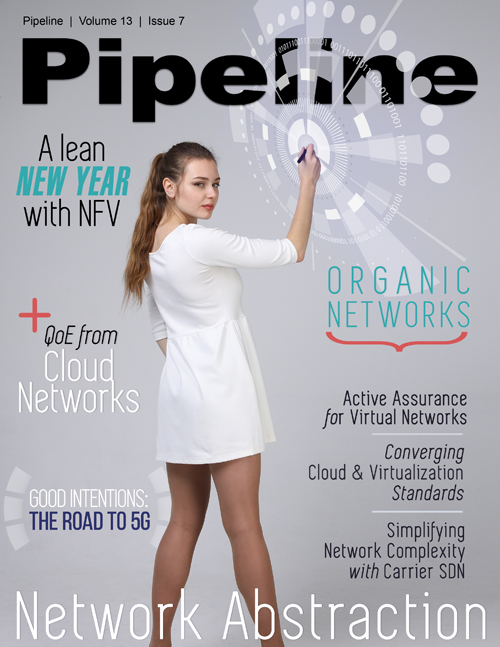Converging Cloud and Virtualization Standards: Critical industry-wide collaboration
The extent of the problem became clear when these groups first came together and realized that they used the same words (in English – although the group is clearly international in scope and represents many language groups) to mean different things and used different words to mean the same things. The scope of the problem became clear when it was recognized that each group used the terms Information Model, Data Model, and Schema differently.
The Collaboration group consisted of 35 people representing the nine leading SDOs and Open Source Groups impinging on NFV. Presentations were made by representatives of each organization focused on identifying the scope of the problem, what had been done in efforts leading up to the Bonn meetings and what the issues were from the point of view of each. Subject matter included: nomenclature, common data models and/or translation of data models at touch points where different organizations intersected; issues associated with description languages, and architectures.
What emerged from the discussions was a general commitment to moving forward in a collaborative fashion. To that end, there was a set of specific action items that were developed with each led by a pair of individuals. These individuals were given the task of developing an initial approach to be shared with the whole group in the January 2017 time fame. One of the action items was to develop a recommendation for how the collaboration effort could best continue and develop. Alternatives for consideration include creating a new low overhead organization that provides a level playing field and transparency. And if such a group should be created, if it should be part of the NSM group or separate. The overall intent of all of the action items was to have specific results to share in the same April time frame being used by the NSM Group.
Background and implications for the future
The effort that resulted in these two meetings started several years ago with NGMN’s (Next Generation Mobile Networks – an industry organization organized and controlled by network operators) NGCOR project (Next Generation Converged Requirements – a project led by many of the operators participating in the Bonn meetings). NGCOR resulted in the UIM (Umbrella Information Model) developed and promulgated jointly by 3GPP SA5 (3rd Generation Partnership Project – the SDO primarily responsible for mobile/cellular networks) and TMF (Tele Management Forum – an industry association /standards group /conference organizer focusing on operations that grew out of historical fixed networks). The UIM provided the first comprehensive information model spanning operations aspects of the RAN (Radio Access Network) within the 3GPP domain and Backhaul within the TMF domain. The first implementation of the UIM was demonstrated by Orchestral Networks at Telemanagement World in Nice, France in conjunction with HP, Comarch, Juniper, and ZTE under the direction of the NGCOR project on 2013.
In 2015 inside the ETSI NFV ISG (European Standards Institute Network Function Virtualization International Standards Group) some saw that, although the UIM was helpful, it did not address the full range needed. They started organizing and their efforts resulted in a MSDO/OSG Meeting in January, 2016 held in Louisville, Colorado hosted by Cable Labs. It was the first time that these SDO’s and Open Source Groups had come together. There was a concern going into that first meeting that there would be a lot of turf battles; but to the surprise of many, there was a recognition of the problem and a spirit of collaboration from the beginning. That first meeting did a lot to crystallize the recognition of the problem and the need for a solution. It did not, however, come to a clear path forward. At the end of the January meeting, Deutsche Telekom announced that it would host a meeting in December. The nature structure and focus of the December event was not defined.
During the intervening year there were ad hoc collaboration activities between the Louisville attending organizations. It was recognized that to make the needed progress a more focused effort was needed. As a result, several months of planning and informal conversations between group representatives went into not just planning the agenda of the Bonn meetings, but also planning for a process in the meetings that would generate clear paths forward after the meetings. This process was successful and both the NSM Workshop and the MSDO/OSG meetings ended with a clearly-defined path forward.
During the on-going planning process, the presentations from the MSDO/OSG and related information is temporarily being hosted here:



















